Global Lithium Mineral Resources
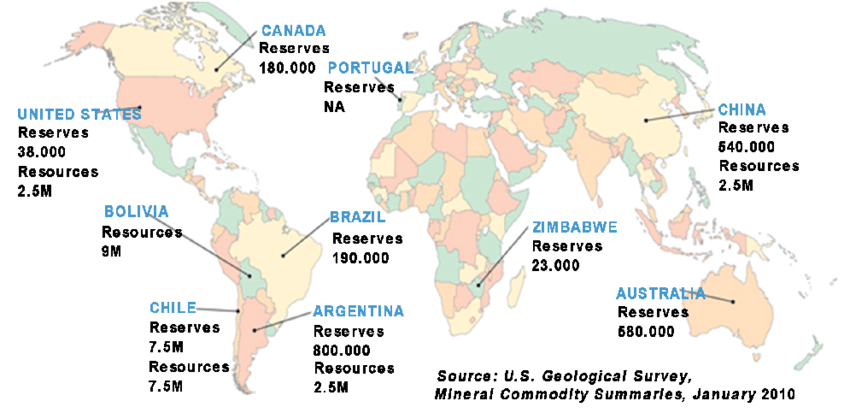
Lithium has become one of the most strategically important minerals in the world due to its critical role in electric vehicles (EVs), renewable energy storage, consumer electronics, and industrial applications. As demand for lithium continues to surge, understanding the global lithium mineral resources—their types, locations, and economic viability—has become essential for investors, policymakers, and industry professionals.
1. Global Lithium Resource Distribution
Lithium resources are distributed across the globe, with the largest concentrations found in:
- Australia – Leading hard rock lithium producer
- Chile – Largest lithium reserves in brine deposits
- Argentina and Bolivia – Part of the “Lithium Triangle” in South America
- United States – Developing lithium from clay and geothermal brines
- Canada – Growing exploration in lithium pegmatites
- China – Major processor and refiner of lithium
- Africa and Europe – Emerging regions with lithium pegmatites and clay deposits
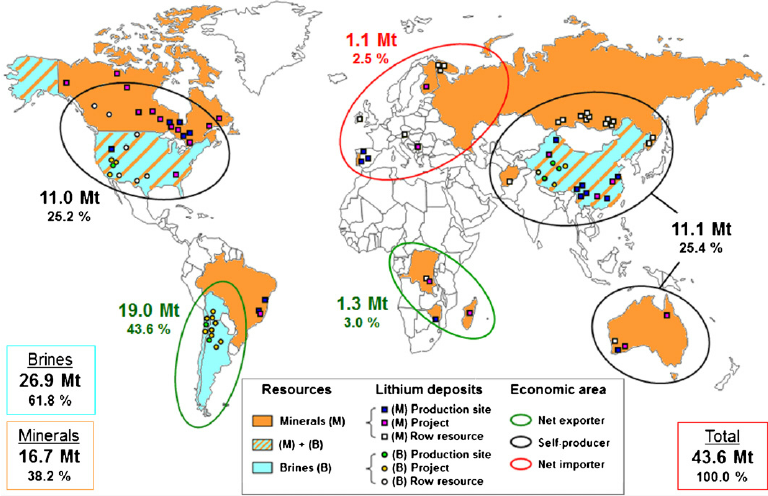
2. Types of Lithium Resources
There are three primary geological sources of lithium:
A. Hard Rock (Pegmatite Deposits)
- Found in granite pegmatites, rich in lithium-bearing minerals like spodumene, lepidolite, and petalite
- Mined using traditional open-pit or underground methods
- Key countries: Australia, Canada, Brazil, Zimbabwe
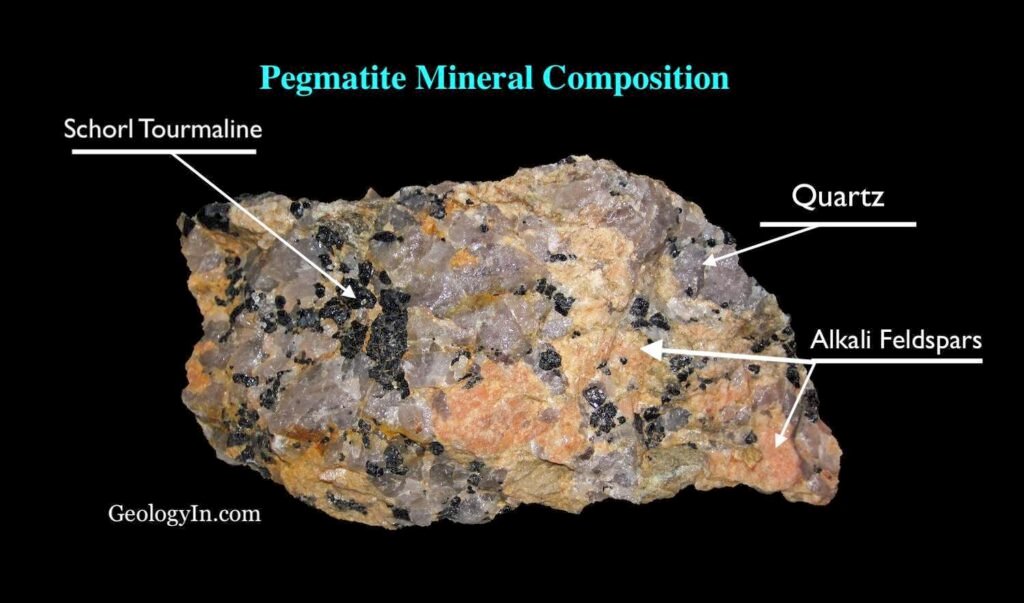
B. Brine Deposits
- Lithium is dissolved in salt-rich underground waters in salt flats (salars)
- Extracted by solar evaporation in large ponds
- Key region: South America’s Lithium Triangle (Chile, Argentina, Bolivia)
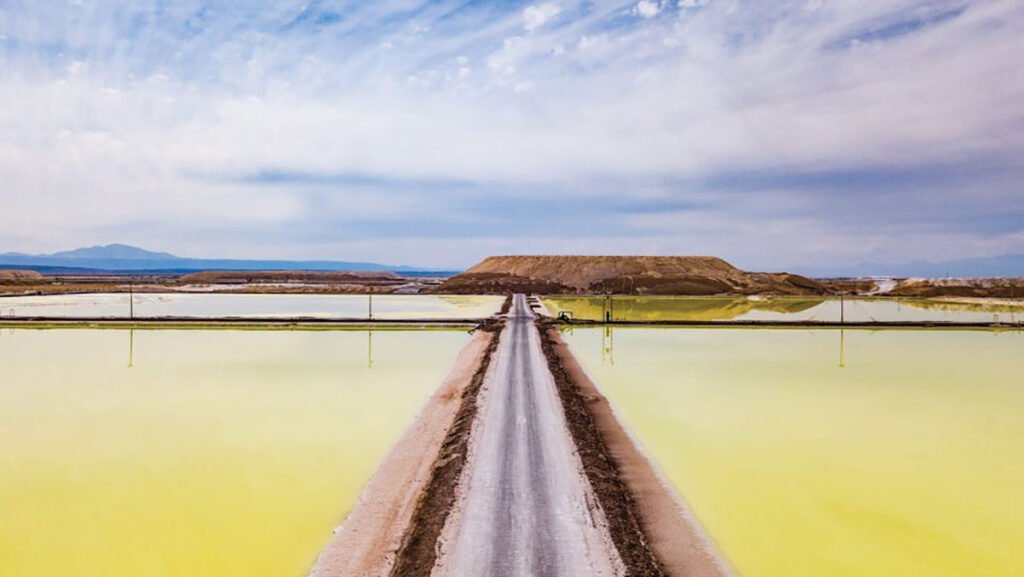
C. Clay Deposits
- Lithium is adsorbed onto clay minerals and extracted through acid leaching or direct extraction
- A growing source of interest due to abundant deposits in some regions
- Key countries: United States (Nevada), Serbia, China
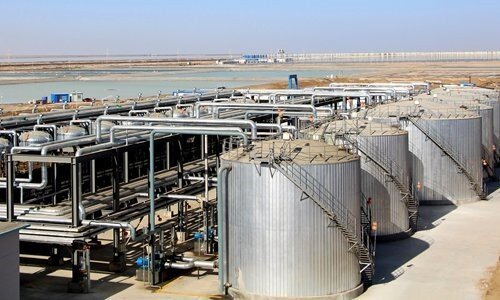
3. Estimated Global Lithium Resources
According to the U.S. Geological Survey (USGS) 2025 estimates, global lithium resources are estimated at over 80 million metric tons of lithium metal equivalent (LME), distributed as follows:
| Country | Estimated Resources (LME, tons) | Deposit Type |
|---|---|---|
| Chile | 9,300,000 | Brine |
| Australia | 6,300,000 | Hard Rock |
| Argentina | 2,600,000 | Brine |
| China | 2,000,000 | Brine, Clay |
| Bolivia | 21,000,000 | Brine |
| United States | 1,700,000 | Brine, Clay |
| Canada | 700,000 | Hard Rock |
| Brazil | 400,000 | Hard Rock |
| Zimbabwe | 800,000 | Hard Rock |
| Serbia | 500,000 | Clay |
| Other Countries | ~2,000,000 | Mixed |
4. Current Production vs. Future Demand
- Global lithium production (2024): ~140,000 metric tons (LCE – lithium carbonate equivalent)
- Projected demand (by 2030): Over 3 million metric tons (LCE), driven by EV and energy storage growth
This growing gap between current production and future demand is prompting a global rush for new lithium discoveries and sustainable extraction methods.
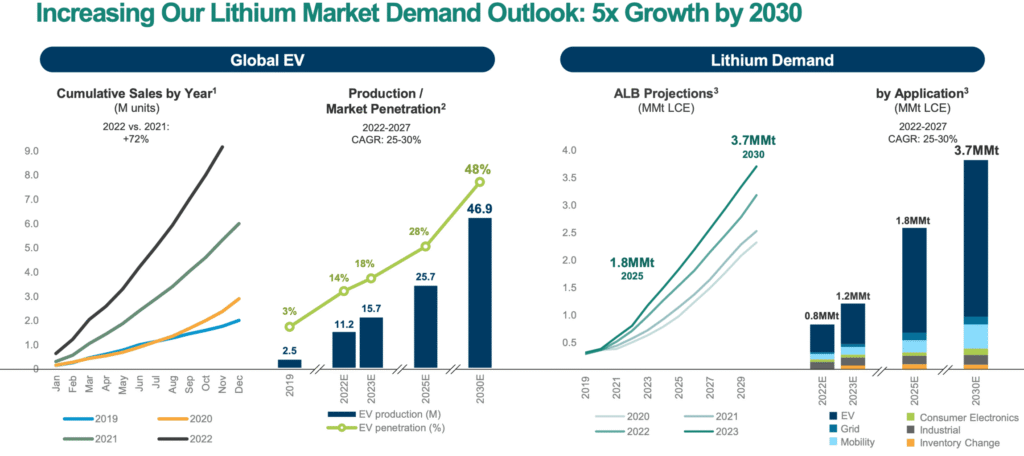
5. Emerging Lithium Regions
In addition to traditional lithium-producing countries, new exploration and development projects are underway in:
- North America: Nevada (clay), Quebec (pegmatites)
- Africa: Zimbabwe, Mali, Ghana (pegmatites)
- Europe: Serbia (clay), Portugal (pegmatites), Germany (geothermal brines)
- Asia: China, Tibet (brines), Thailand (clay)
These regions are helping to diversify the global lithium supply chain and reduce reliance on a few dominant producers.
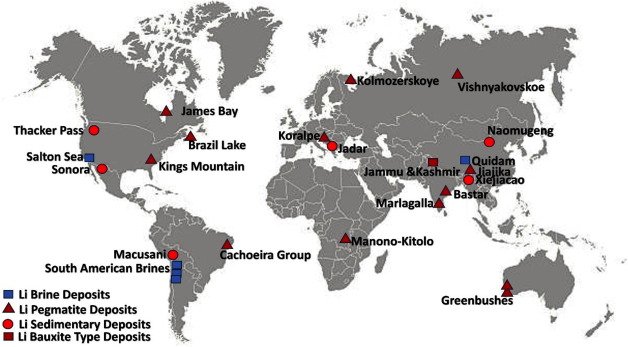
6. Challenges and Opportunities
Challenges:
- Environmental concerns around water use in brine extraction
- Permitting delays and community opposition
- Recycling limitations for lithium-ion batteries
- Price volatility due to supply chain dynamics
Opportunities:
- Development of Direct Lithium Extraction (DLE) technologies
- Expansion of battery recycling infrastructure
- Investment in ethical and sustainable sourcing
- New exploration technologies for lithium discovery
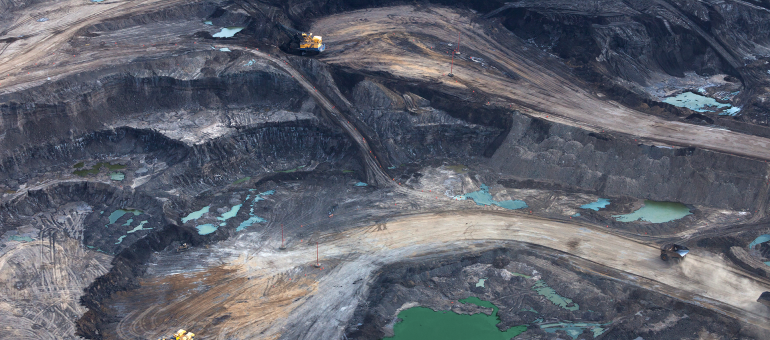
FAQs
Q1: Where are the largest lithium resources found?
A1: The largest lithium resources are found in Chile (brine), Australia (hard rock), and Bolivia (brine).
Q2: What are the main sources of lithium?
A2: The main sources are hard rock pegmatites, brine deposits, and clay deposits.
Q3: How much lithium is left in the world?
A3: Global lithium resources are estimated at over 80 million metric tons, but only a portion is economically extractable.
Conclusion
The global lithium mineral resource base is vast and diverse, with Australia, Chile, Argentina, and Bolivia leading the way in reserves and production. As the world transitions to electric mobility and renewable energy storage, securing a stable, sustainable, and diversified lithium supply will be crucial for the future of clean technology and economic growth.

